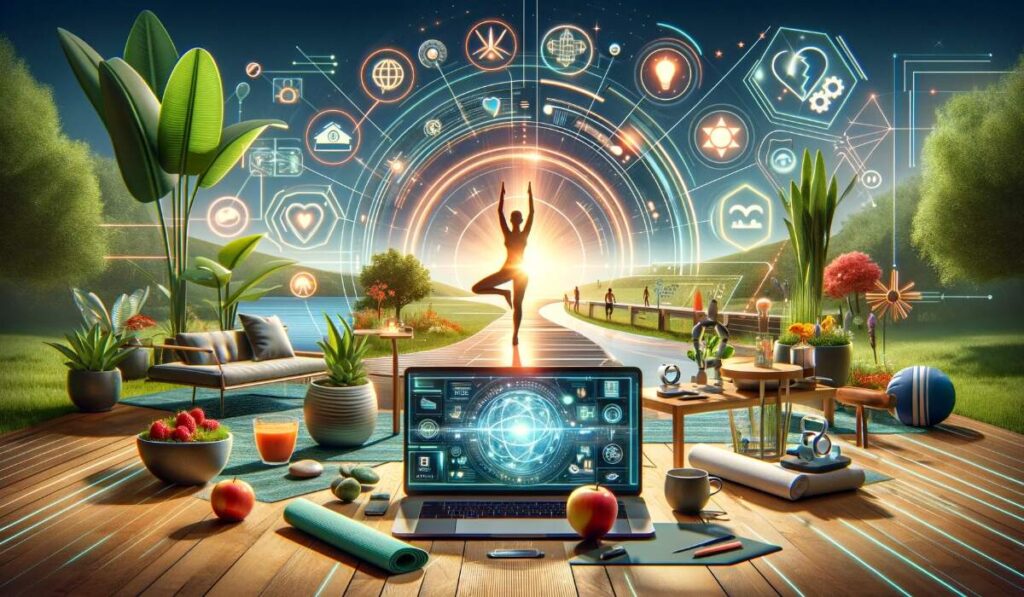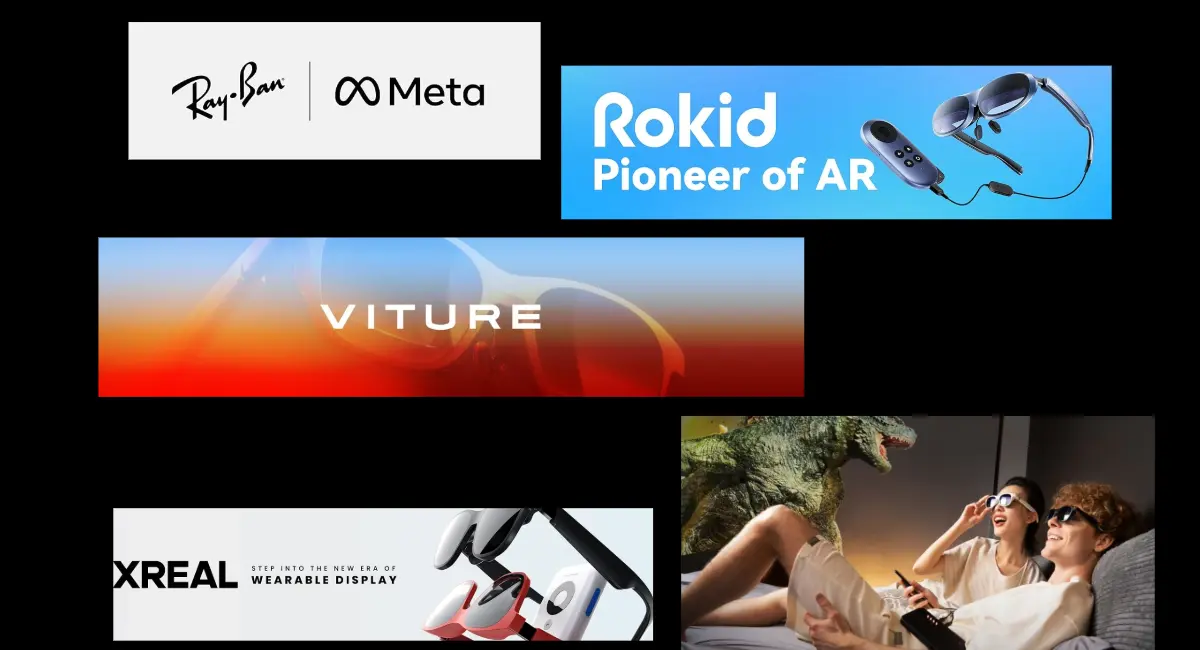Table of Contents
Spatial Computing
Welcome to the forefront of technological innovation with our deep dive into Spatial Computing. This emerging field is redefining how we interact with the world around us, blurring the lines between the physical and digital realms. Explore the exciting possibilities of Spatial Computing, where virtual objects seamlessly integrate into our real-world environment.
Discover how augmented reality (AR), virtual reality (VR), and mixed reality (MR) are transforming industries, from gaming and entertainment to healthcare, education, and beyond. Uncover the latest advancements in spatial computing hardware, software, and applications, and gain insights into the challenges and opportunities that lie ahead. We delve into the technical intricacies, explore real-world use cases, and discuss the ethical considerations surrounding this groundbreaking technology.
Whether you’re a tech enthusiast, industry professional, or simply curious about the future, this blog offers a comprehensive exploration of Spatial Computing. Join us as we navigate the complexities and embrace the potential of this transformative technology that is set to reshape our world.
From the immersive experiences of virtual worlds to the practical applications of augmented reality, we cover it all. Learn about the latest trends, industry leaders, and groundbreaking research in Spatial Computing. Discover how this technology is revolutionizing the way we work, learn, and interact, and gain a deeper understanding of its impact on society. Our blog is your go-to resource for staying informed and inspired about the future of Spatial Computing.
Understanding Spatial Computing
Spatial Computing is an umbrella term that encompasses a range of technologies and concepts aimed at understanding and interacting with the physical world in real-time. At its core, Spatial Computing leverages advanced sensor technologies, computer vision algorithms, and artificial intelligence to create immersive and context-aware experiences. Unlike traditional computing interfaces, which require users to adapt to the digital realm, Spatial Computing integrates digital information seamlessly into our physical environment, blurring the lines between the virtual and real worlds.
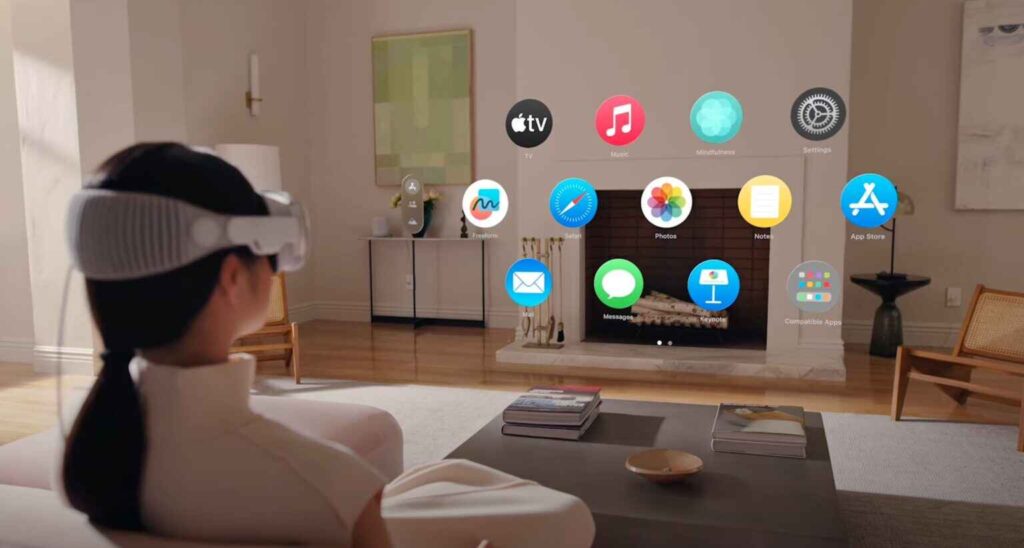
How Does Spatial Computing Work?
Spatial Computing relies on a combination of hardware and software components to create immersive experiences. Key elements include:
- Sensors: Devices used in Spatial Computing, such as smartphones, tablets, wearables, and smart glasses, are equipped with an array of sensors including cameras, accelerometers, gyroscopes, and depth sensors. These sensors capture data about the physical environment, such as the user’s location, orientation, and movements.
- Computer Vision: Computer vision algorithms analyze the data captured by sensors to understand the spatial context of the user’s surroundings. This involves identifying objects, surfaces, and spatial relationships within the environment.
- Digital Mapping: The spatial information captured by sensors is processed to create a digital representation of the environment. This digital model, often referred to as a point cloud or mesh, serves as the foundation for overlaying virtual content onto the real-world environment.
- Augmented and Virtual Reality: Once the digital representation of the environment is created, virtual content is overlaid onto the physical world using augmented reality (AR) or presented in immersive virtual environments using virtual reality (VR). Users can interact with this digital content in real-time, manipulating objects, exploring virtual spaces, and receiving contextual information based on their surroundings.
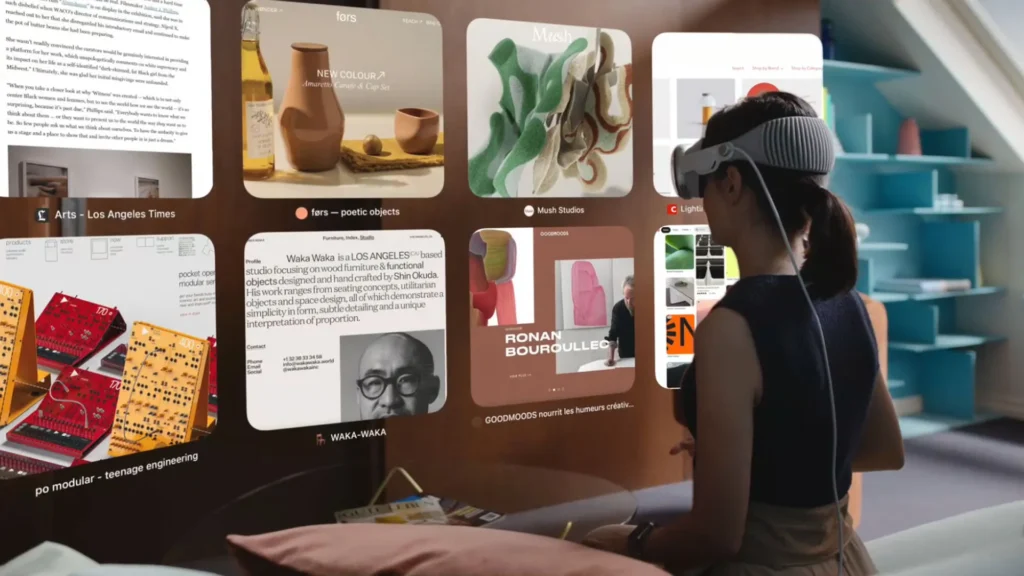
Future Uses of Spatial Computing
The potential applications of Spatial Computing are vast and varied, spanning across multiple industries and domains. Here are some of the future uses of Spatial Computing:
- Augmented Reality (AR) in Retail and Marketing: Retailers can use AR to provide immersive shopping experiences, allowing customers to visualize products in their own space before making a purchase. Marketers can create interactive AR campaigns that engage and captivate audiences with dynamic digital content.
- Virtual Collaboration and Remote Work: Spatial Computing enables virtual meetings and collaborations in immersive environments, regardless of geographical distance. Teams can work together in virtual spaces, manipulating digital objects and sharing ideas in real-time.
- Healthcare and Medical Training: In healthcare, Spatial Computing can be used for medical training simulations, allowing students to practice surgical procedures in virtual environments. Surgeons can also use AR overlays during procedures to visualize patient data and guidance.
- Gaming and Entertainment: Spatial Computing enhances gaming experiences by creating immersive virtual worlds where players can interact with digital objects and characters in real-time. Theme parks and entertainment venues can also use AR and VR to offer interactive attractions and experiences.
- Urban Planning and Architecture: Architects and urban planners can use Spatial Computing to visualize and simulate architectural designs in real-world environments. City planners can overlay digital models onto physical landscapes to assess the impact of urban development projects.
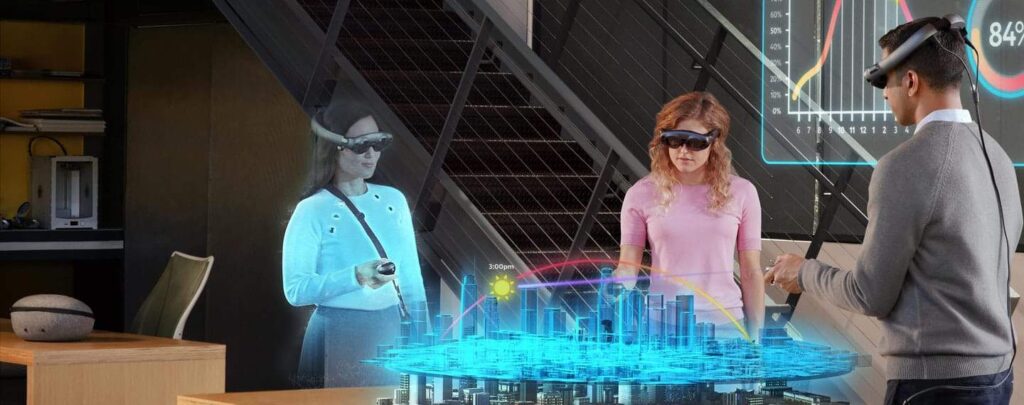
Conclusion
Spatial Computing represents the next frontier of human-computer interaction, offering immersive, context-aware experiences that blur the boundaries between the digital and physical worlds. As technology continues to evolve, we can expect to see even more innovative applications of Spatial Computing across various industries and domains. From enhancing productivity and creativity to transforming how we experience entertainment and education, Spatial Computing holds the potential to revolutionize the way we live, work, and play in the digital age.
References:
- Spatial Computing: An Introduction – A Forbes article providing an introductory overview of spatial computing.
- Spatial Computing: Spatial computing is the next frontier in airline flight safety.
- The Potential of Spatial Computing – PwC’s analysis on the potential applications and use cases of spatial computing in various industries.
- Spatial Computing in Healthcare – A research article discussing the applications of spatial computing in healthcare settings.
- Spatial Computing: The Next Big Thing
- Microsoft HoloLens – Official website of Microsoft HoloLens, a pioneering spatial computing device, providing information on its features and capabilities.


